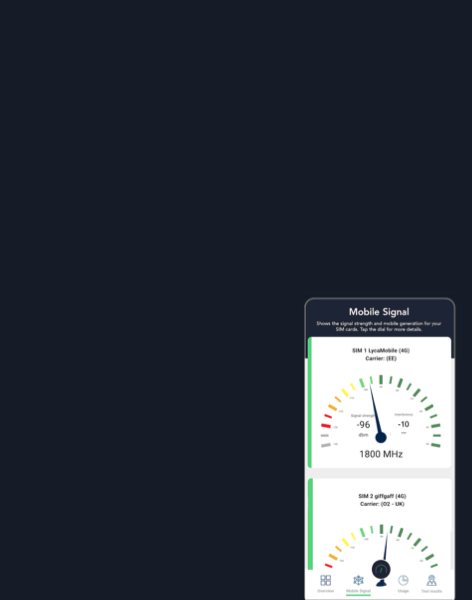LEO satellite tracker updated for 2024
One of the key changes to PolicyTracker’s LEO Tracker since we last updated it a year ago is the addition of China's Qianfan ("Thousand Sails"), which has launched the first satellites in its constellation.
In August 2024, the initial 18 satellites of what is eventually to become a 14,000-strong constellation were placed in orbit.
Qianfan is backed by Shanghai Spacecom Satellite Technology (SSST), which has emerged only very recently. In February 2024 it raised $943 million from investors, including a fund set up by the country’s National Manufacturing Transformation and Upgrading Fund (NMTUF).
Qianfan has overtaken Guowang, also known as China SatNet, a state-backed LEONGSO, or non-geostationary satellite orbit… project that has been progressing more slowly. It now says its first satellite will launch later in 2024.
“It’s a pretty big deal for a commercial outfit such as SSST to steal the thunder of a state-backed enterprise,” says Blaine Curcio of Orbital Gateway Consulting.
On the little LEO front, the tracker records that Kinéis now has 10 satellites in orbit. The first batch of five was launched in June 2024, followed by five more in September. The third batch is scheduled before the end of 2024, and the last in 2025.
The 2024 edition of PolicyTracker’s LEO Tracker is available to Spectrum Research Service Subscribers here.
